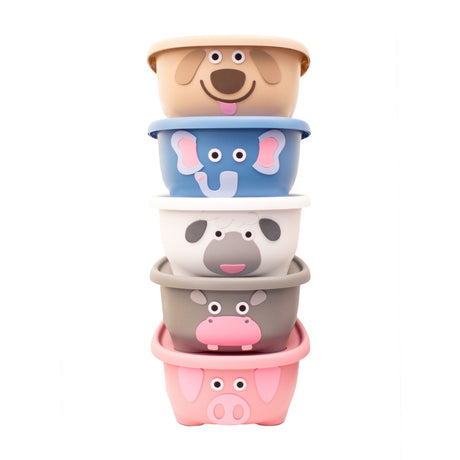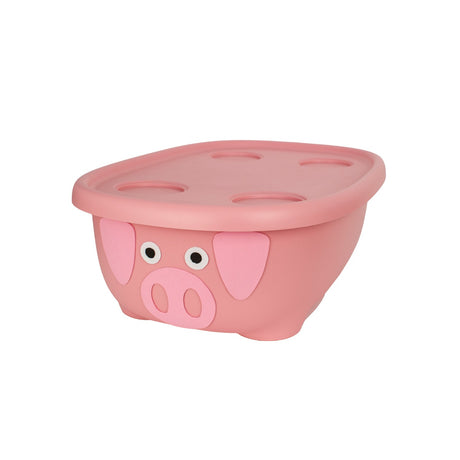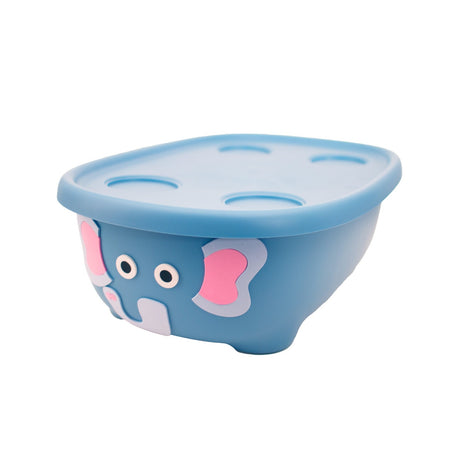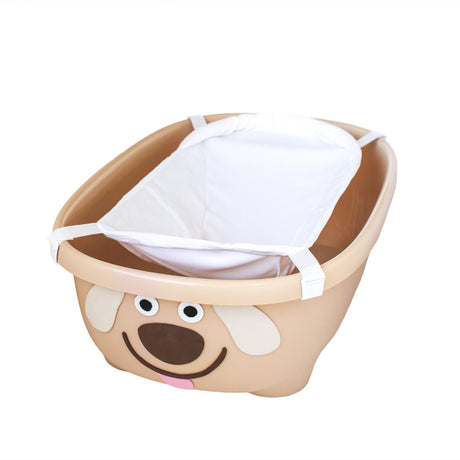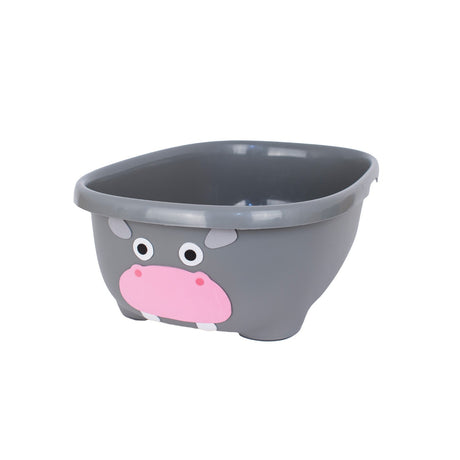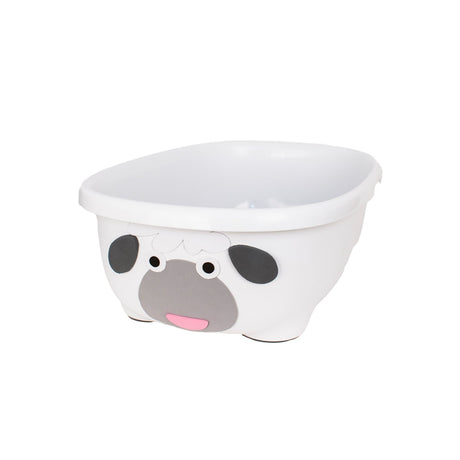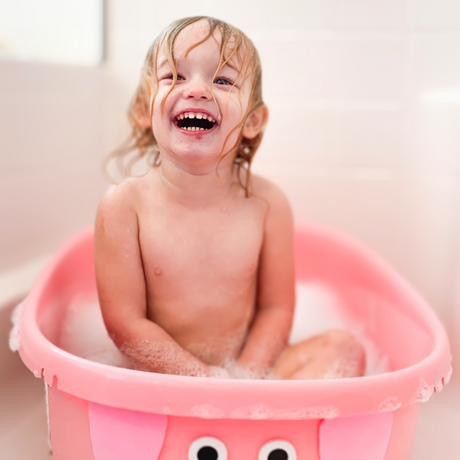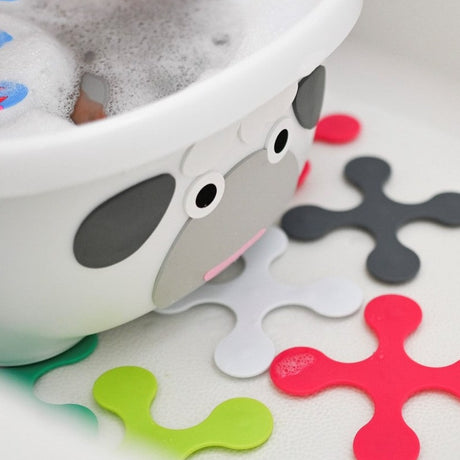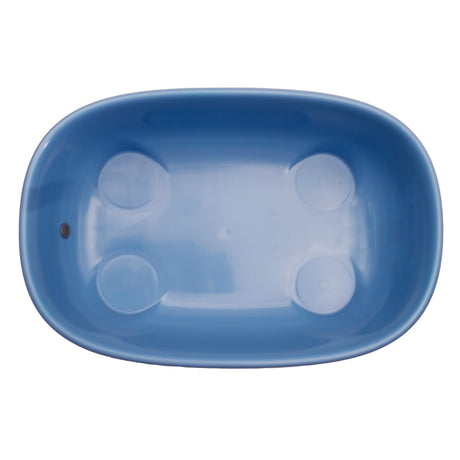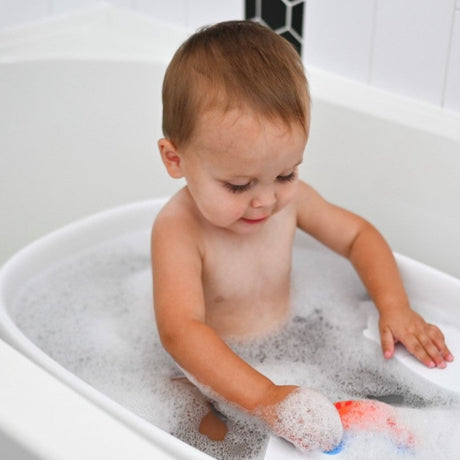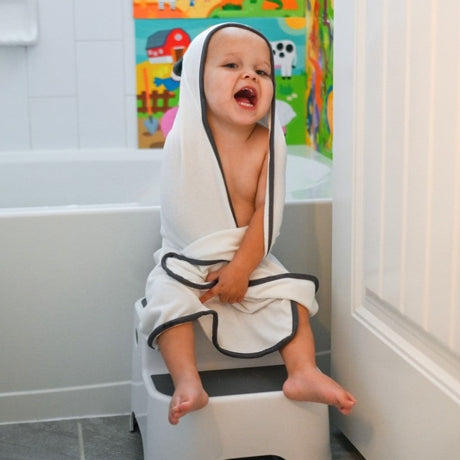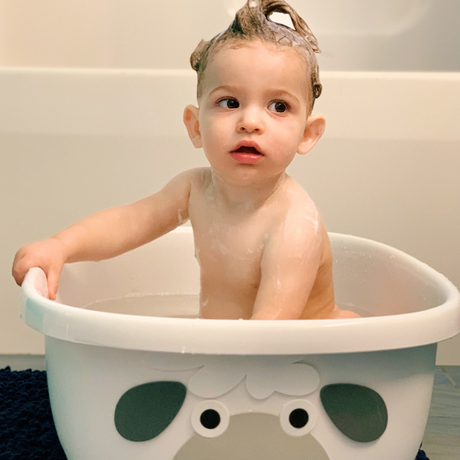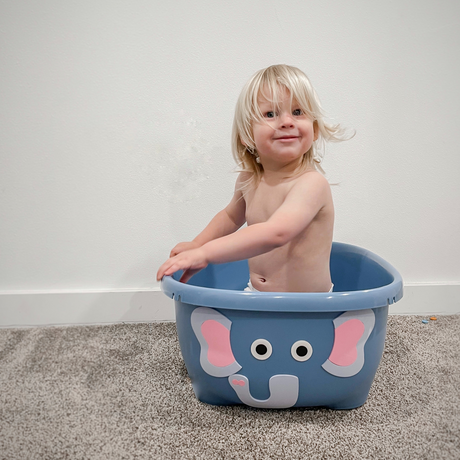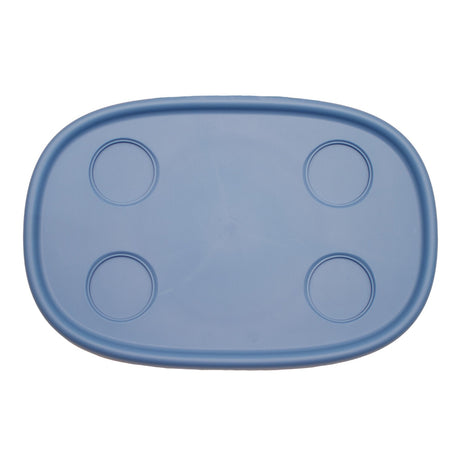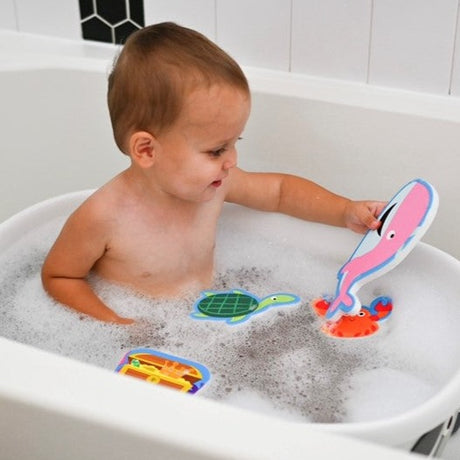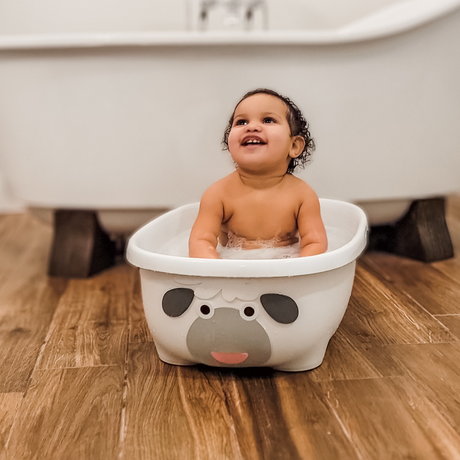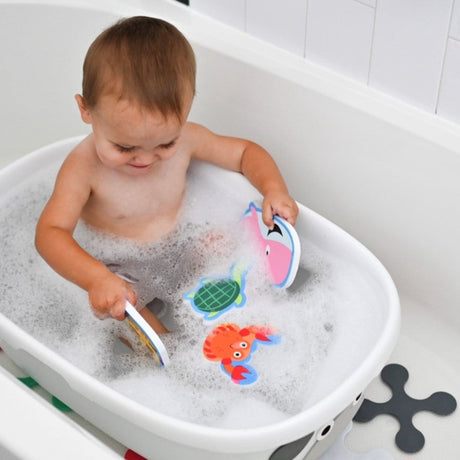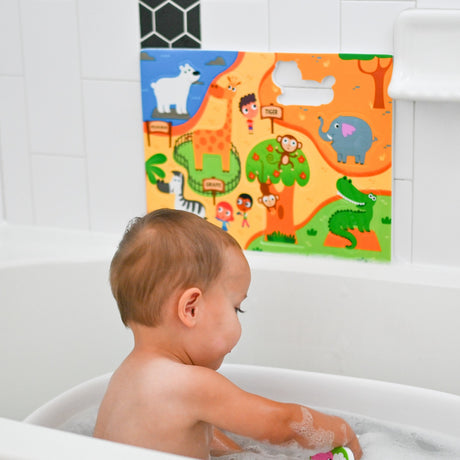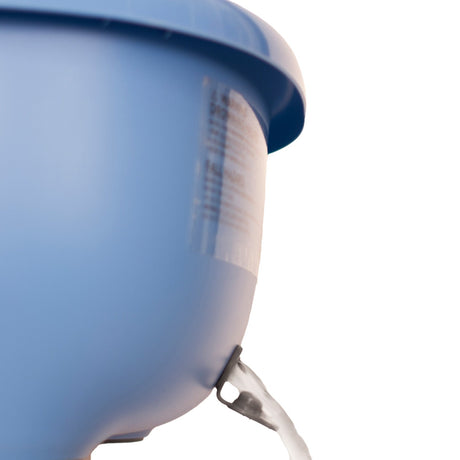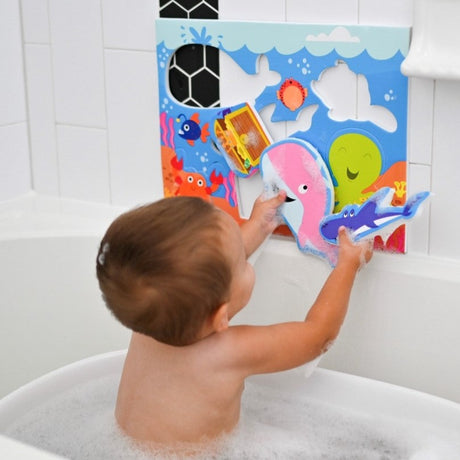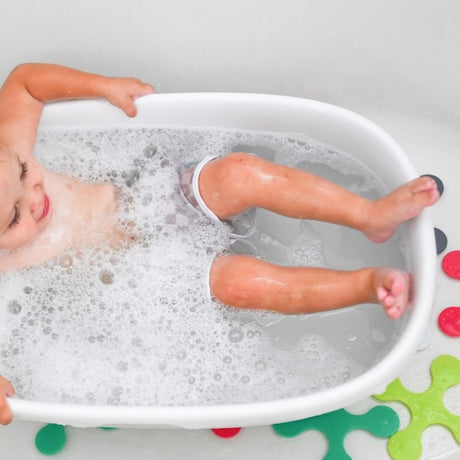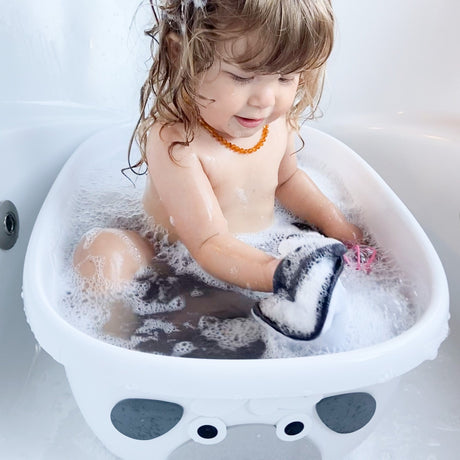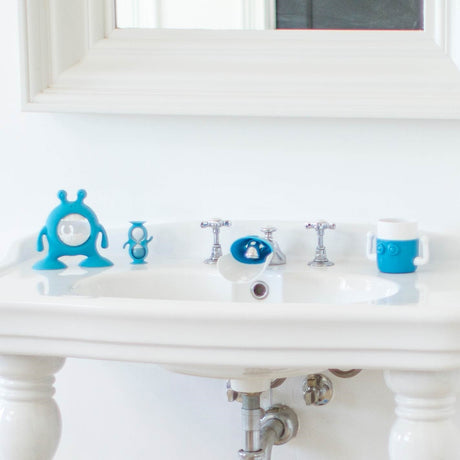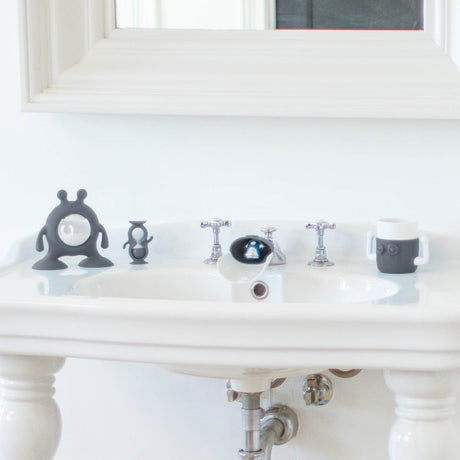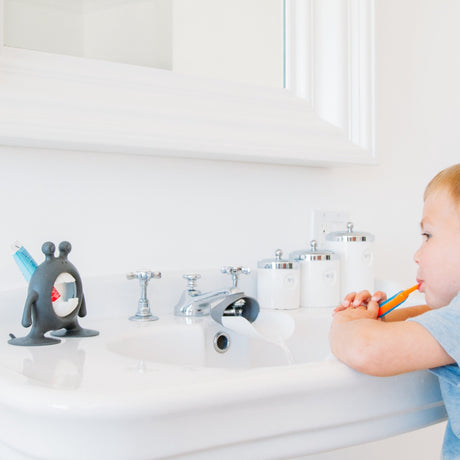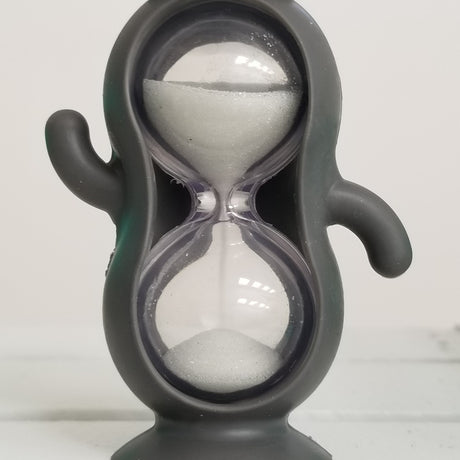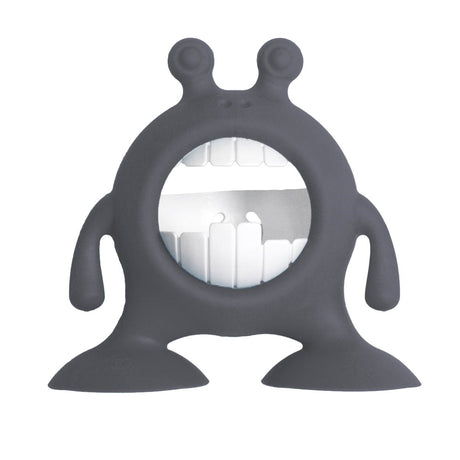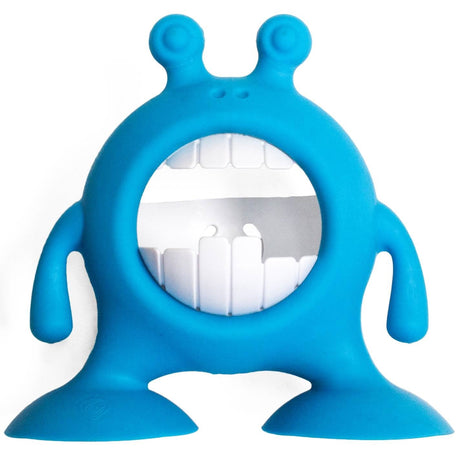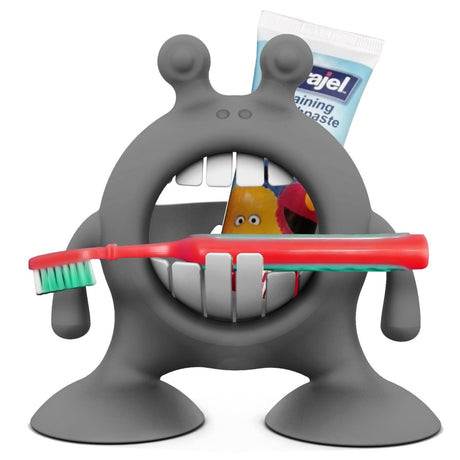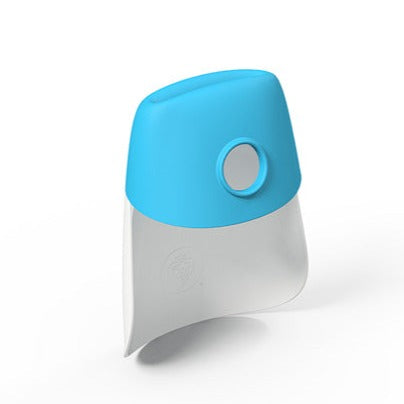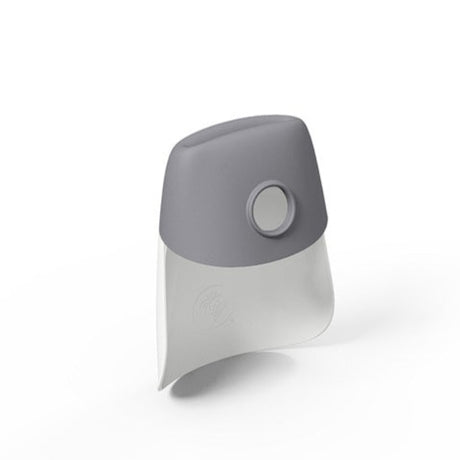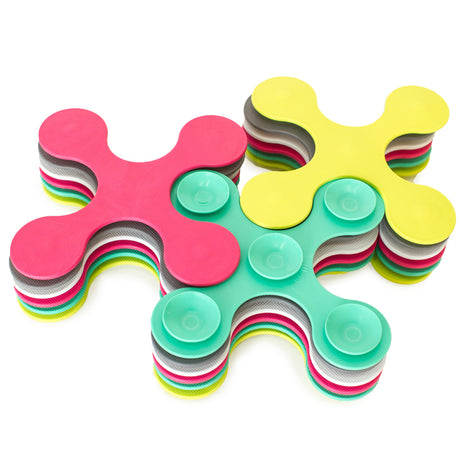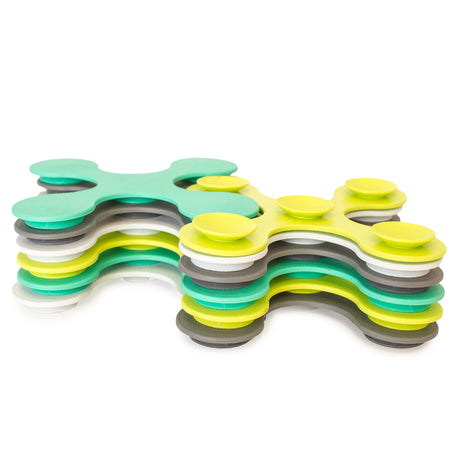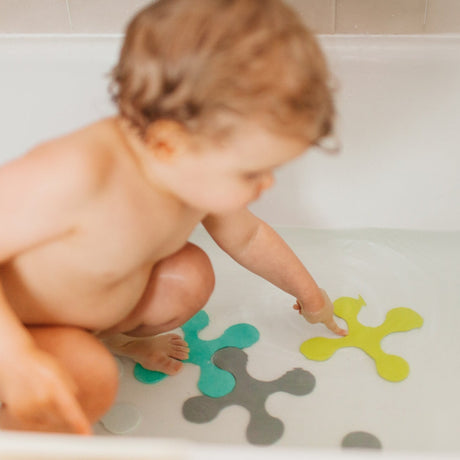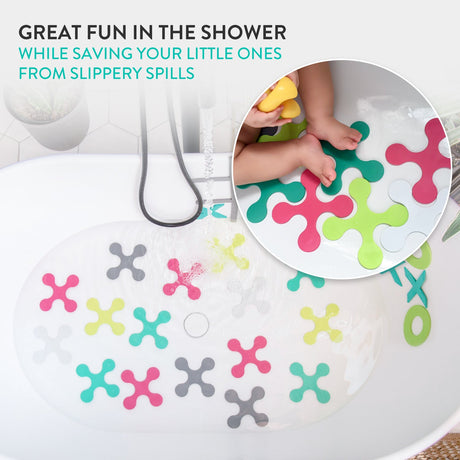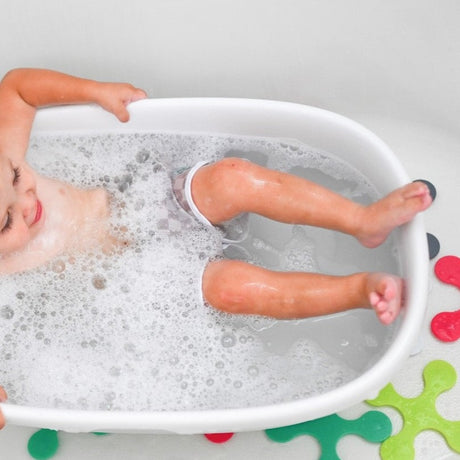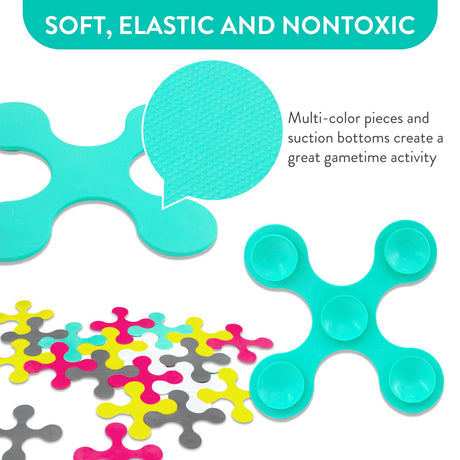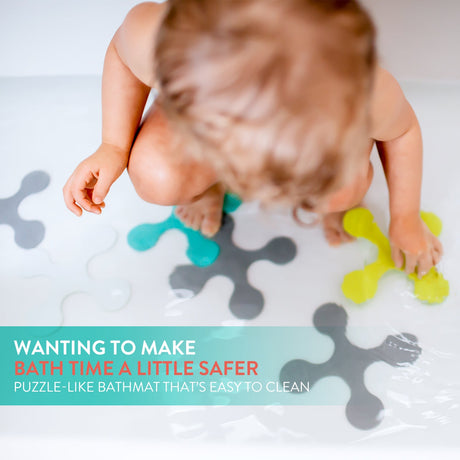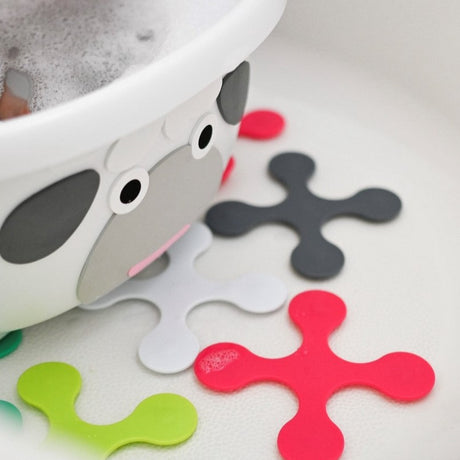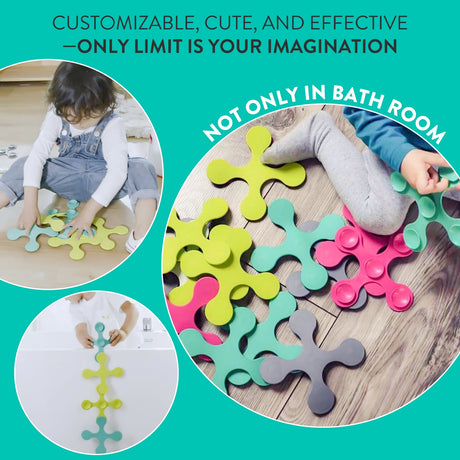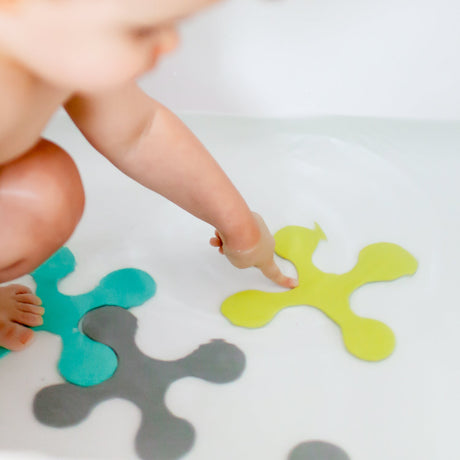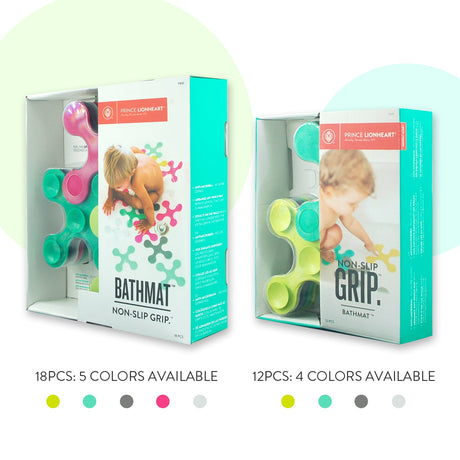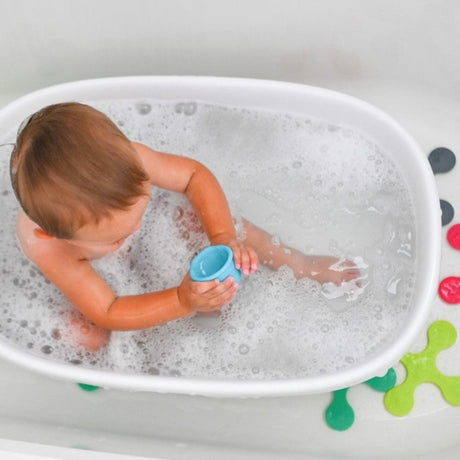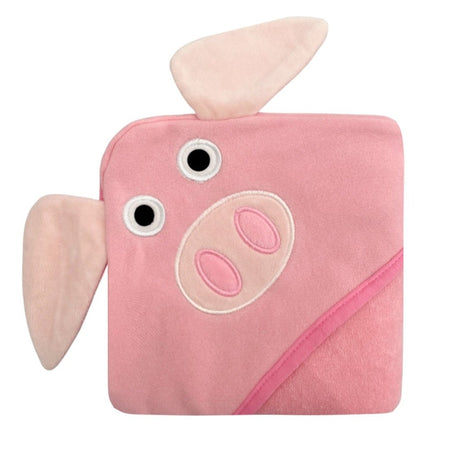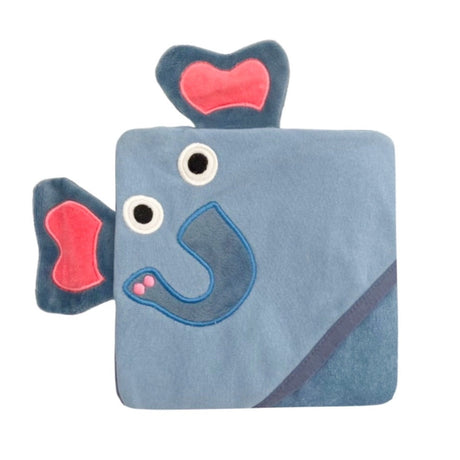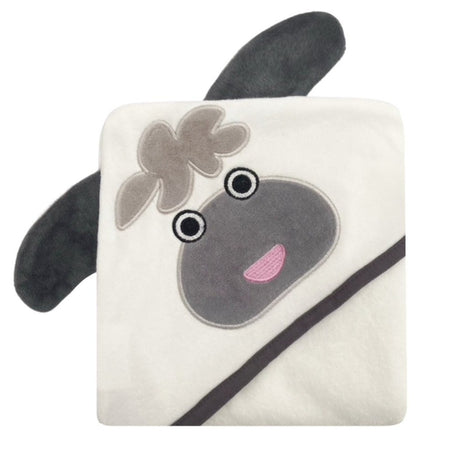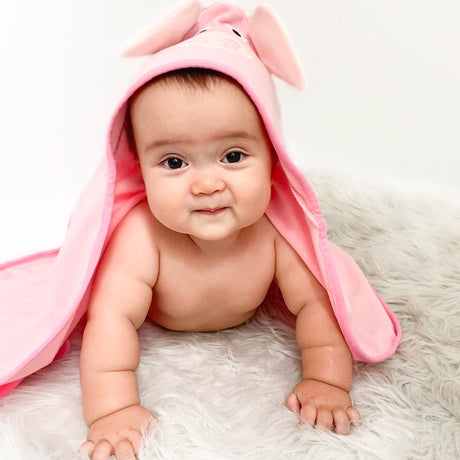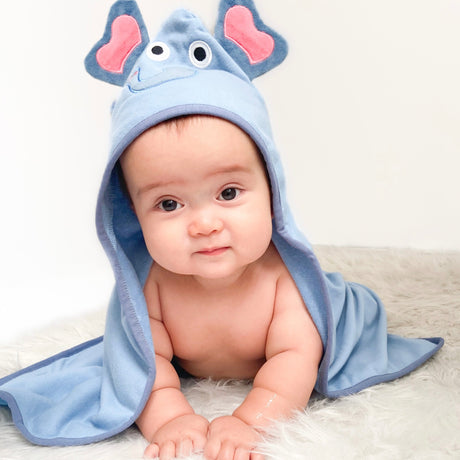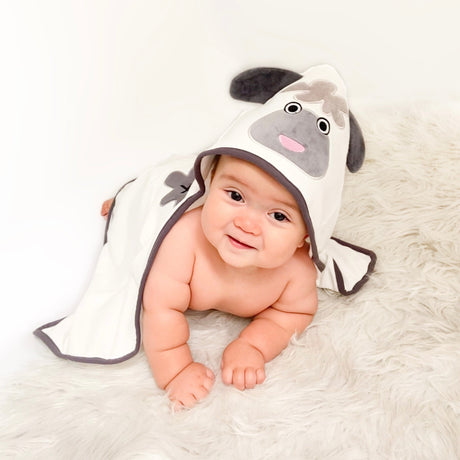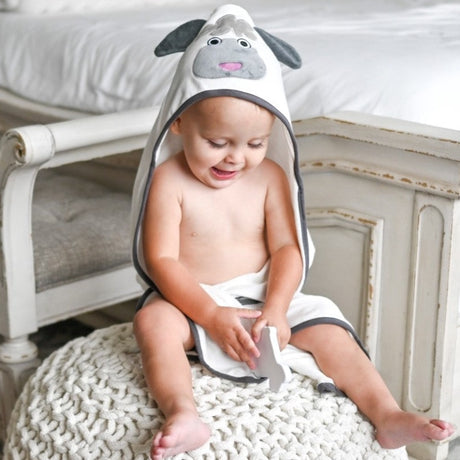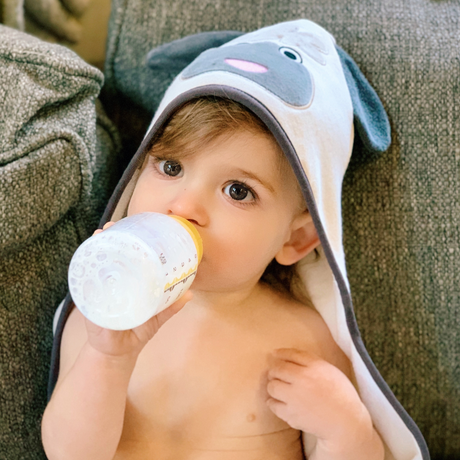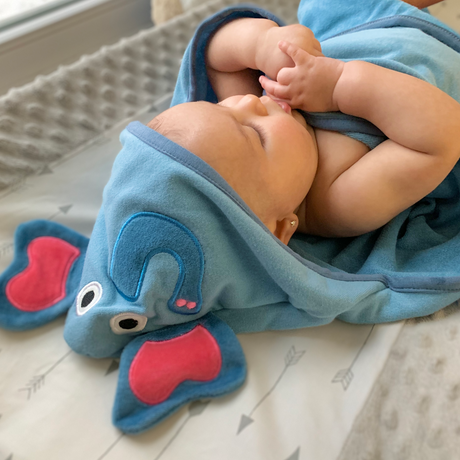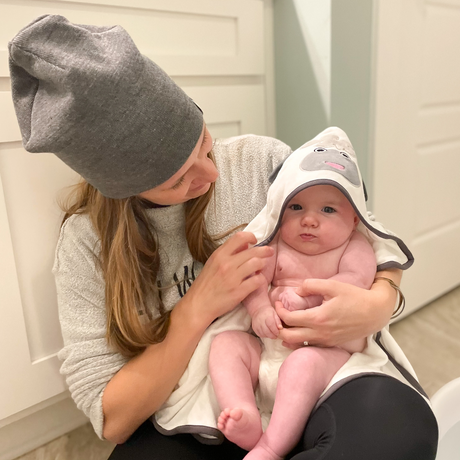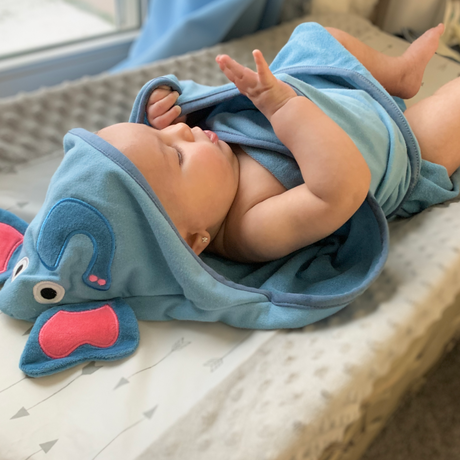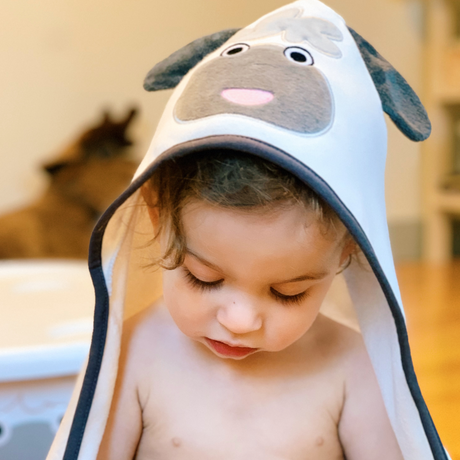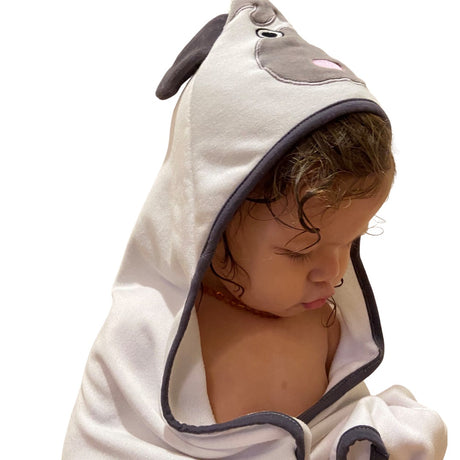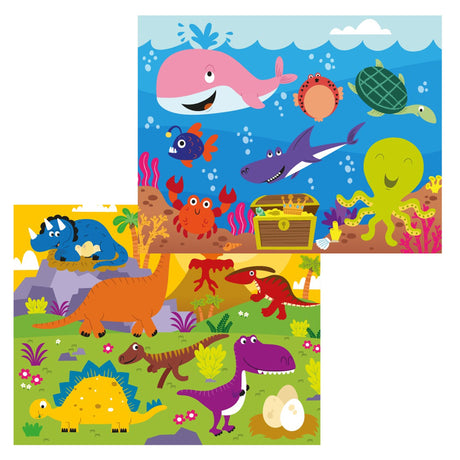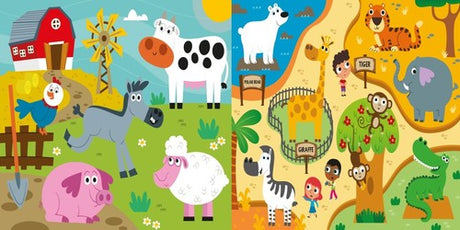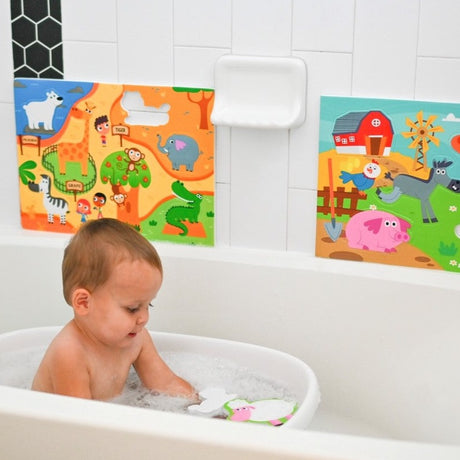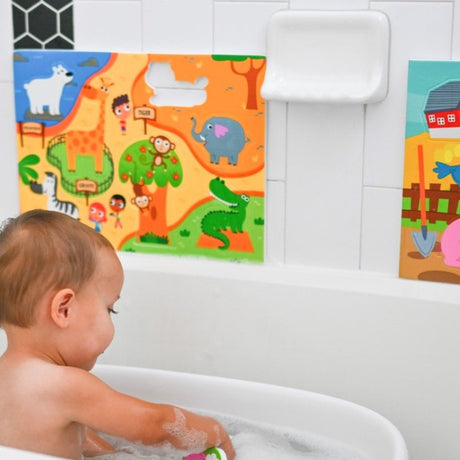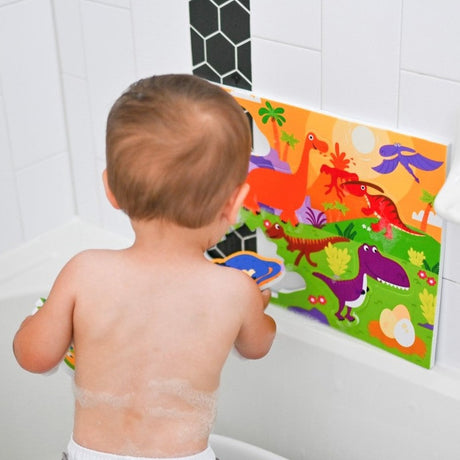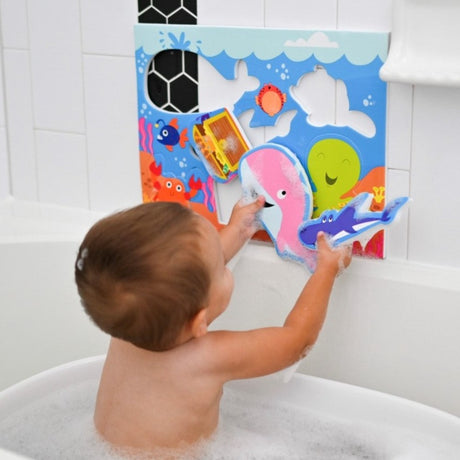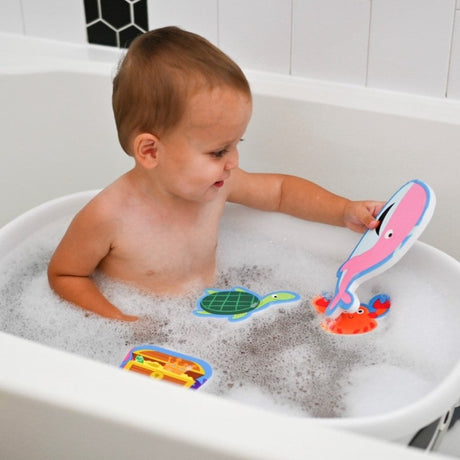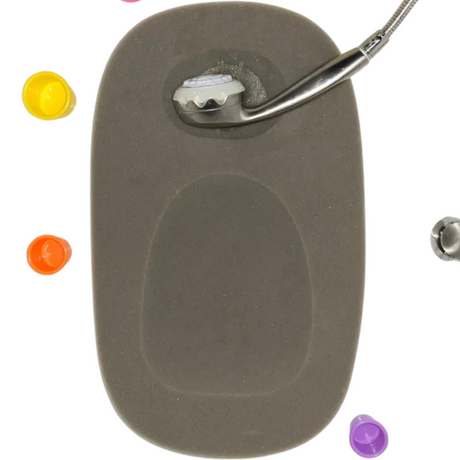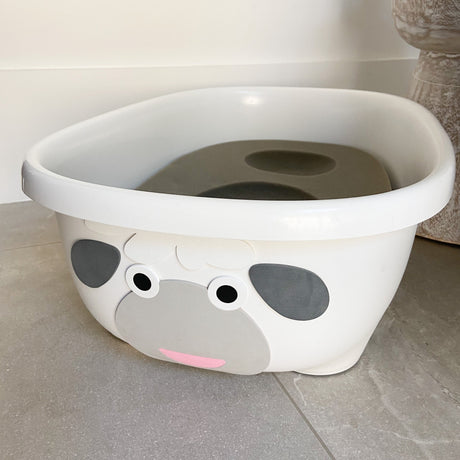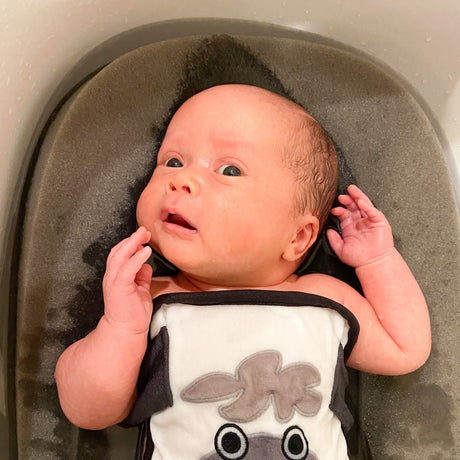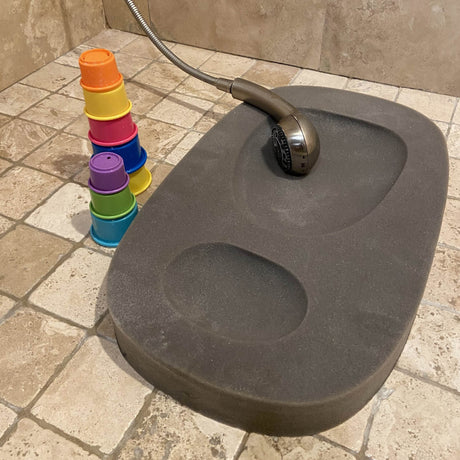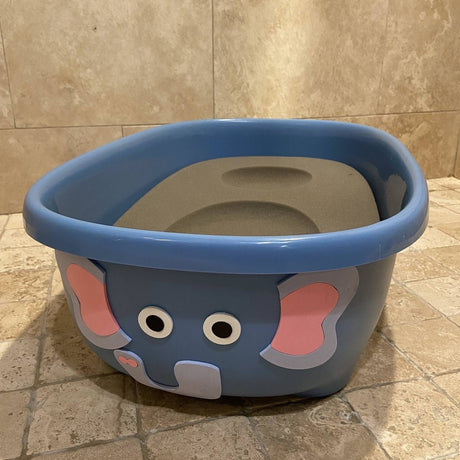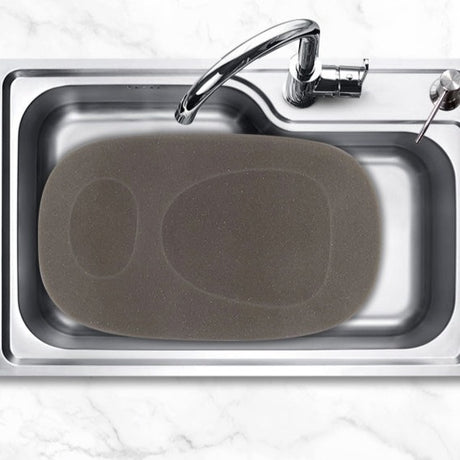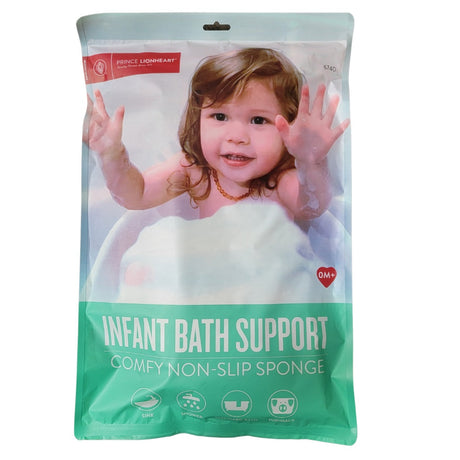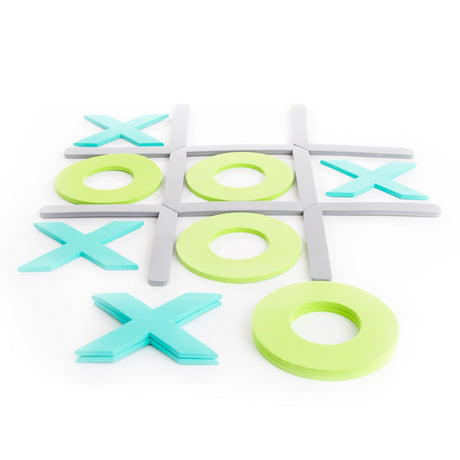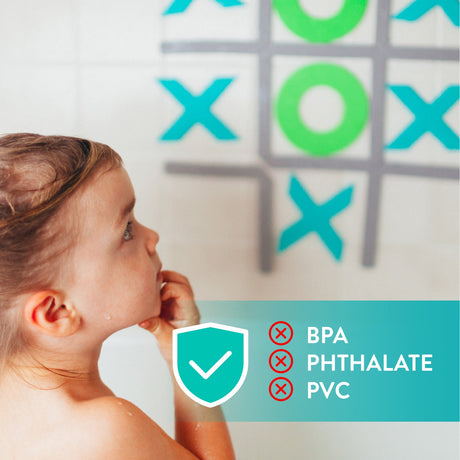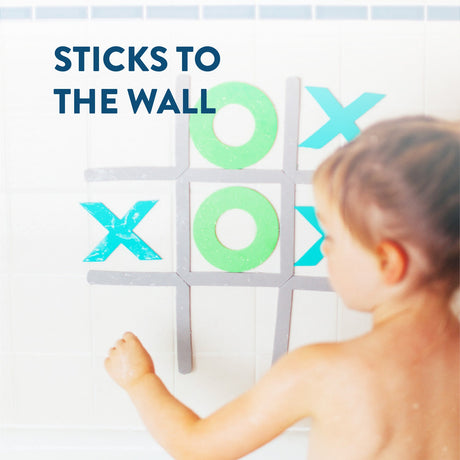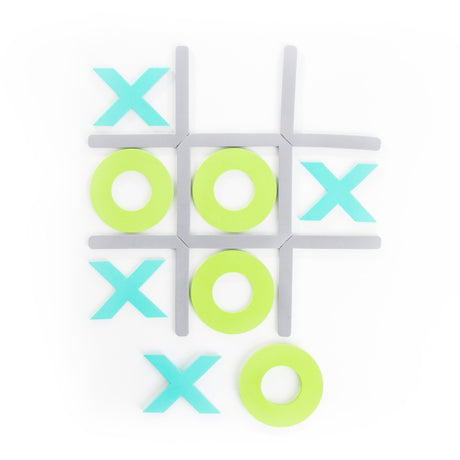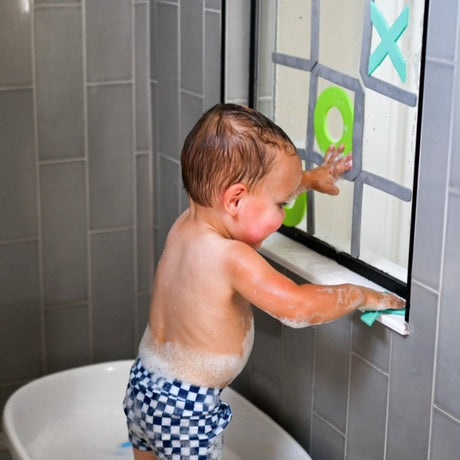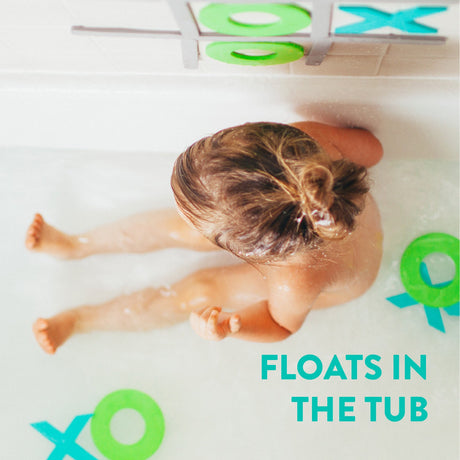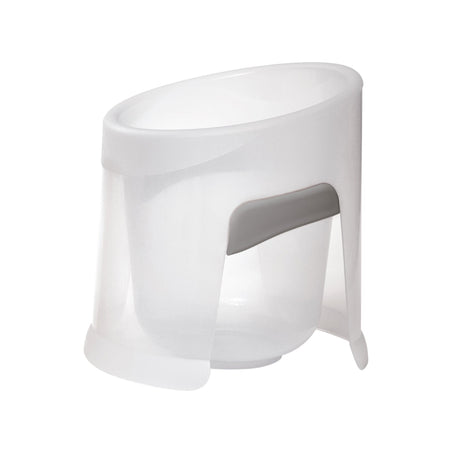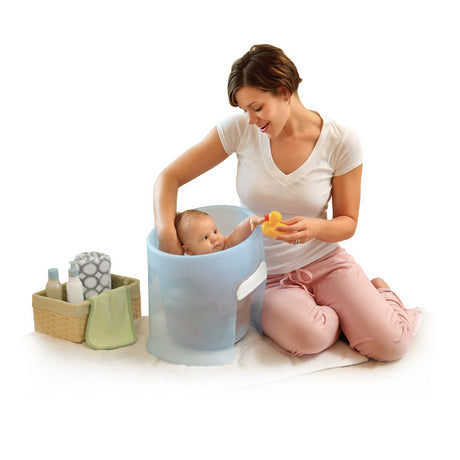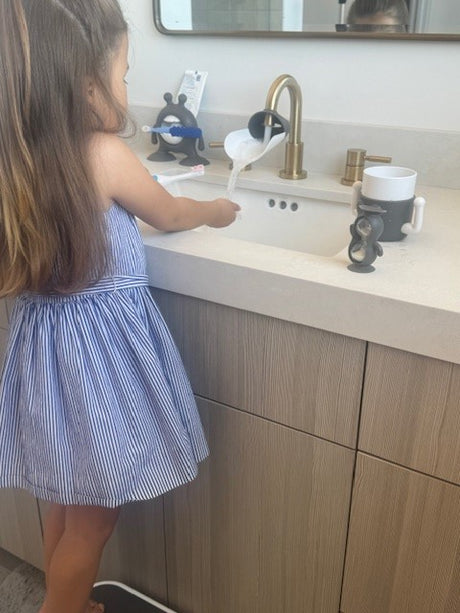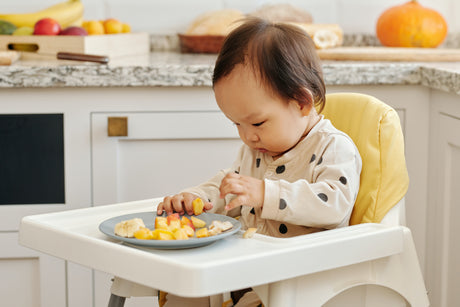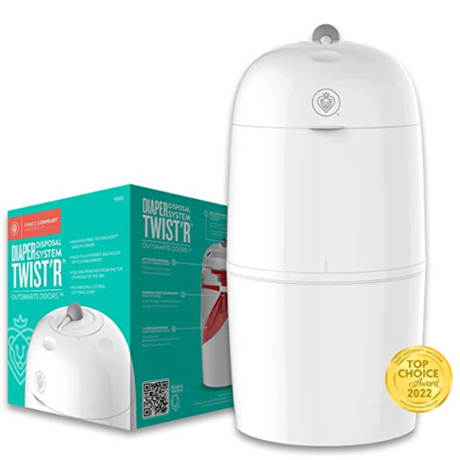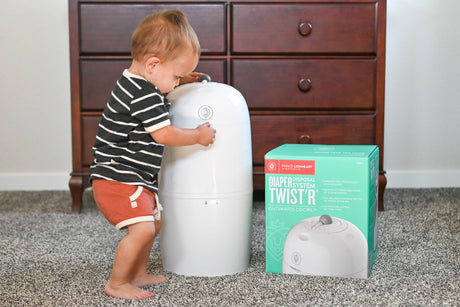We started our lovely conversation with Molly today by talking about likening an autistic child to a beautiful flower. In the event that the flower is not taking off and blooming or developing, nobody has ever looked to the flower and determined it to be incapable of developing. Instead, we look to environmental factors such as whether the flower has enough light, water, nutrients in the soil, trimming the dead leaves around it, etc. We take care of the environment without blaming the flower or considering it to be incapable of developing. The same perspective shift is important for parents of Autistic children: their child is capable of doing anything and everything another child can, their journey may just look a little different getting there. There’s nothing wrong with an autistic child --they’re not broken -- we just need to make some environmental changes around them. Children with autism have different developmental and processing needs that we need to take into consideration which may require additional support.
Overall perspective shifts are needed when associating negatively connoted words such as “obsessive” or “hyper-focused”. Imagine if someone had stopped Thomas Edison when he was obsessing or hyper-focused on developing the lightbulb, something that he was really interested in… we’d all be sitting here in the dark today.
What is autism?
Molly, the autism consultant explained, “Autism is a neurodevelopmental disorder and that autistic children process information differently than children without autism.”
Is an early diagnosis of autism important?
Molly agrees that early diagnosis is important, “The sooner we know what is going on the sooner we can start supporting the child.”
What are some of the signs parents can be on the lookout for?
According to Molly, “It is difficult to pinpoint what parents should be on the lookout for, but a few examples to lookout for are: your child reaching a milestone and then regressing, or if your child is really struggling to interact with others, or your child may not be responding to their name or respond to eye contact in a way that we would expect them to. There are kids that really struggle with their communication, that could be another sign. As well as repetitive behavior, like biting, pinching or hand flapping. The best way to identify autism as a parent is to trust your gut, if you have a feeling that something might be wrong, reach out for help.”
How is autism diagnosed?
The first step is an appointment with a pediatrician, who will most likely refer the parents to a Psychologist or a Developmental Pediatrician. Doctors look at the child’s developmental history and behavior to make a diagnosis. Often they will be able to tell due to specific behaviors - repetitive or restrictive behaviors, like hand flapping, biting etc. Autistic children often struggle to communicate and have trouble interacting with their peers. All those and more are signs that doctors use to diagnose Autism in children.
My child was diagnosed with autism, what next?
Molly suggests, “You will want to start building your child’s support team. A support team for an autistic child can consist of friends, family members, teachers, therapists, different physicians and counselors, etc. The next step would be to reach out to your local health department and school district and ask for resources for children with autism.”
How can I start supporting my autistic child at home?
Molly honed in on the visual processing strength that autistic children have, suggesting that parents can really support this strength by creating a visual rich environment. For example, a visual schedule is a great start and can go a long way to helping establish morning routines. While everyone’s morning routine may look a little different, depicting your child’s routine in a way that allows them to see it and move the picture once complete can help them get ready each morning. For example, a visual morning routine could include a picture of a child having breakfast, and then a picture of a child brushing their teeth, and then a picture of a child changing into their clothes for school, etc.
How to help your autistic child learn new skills?
Molly underscored the importance of making things more manageable for your child. For example, “sharing” is a skill we want to teach our children, so try breaking it down into smaller steps to make it easier for your autistic child to learn a new skill. Have your child practice handing you a spoon, again and again. Once they are comfortable with a spoon, try something that may have more meaning to them, like a toy. Celebrate small victories as tiny steps lead to big leaps.
